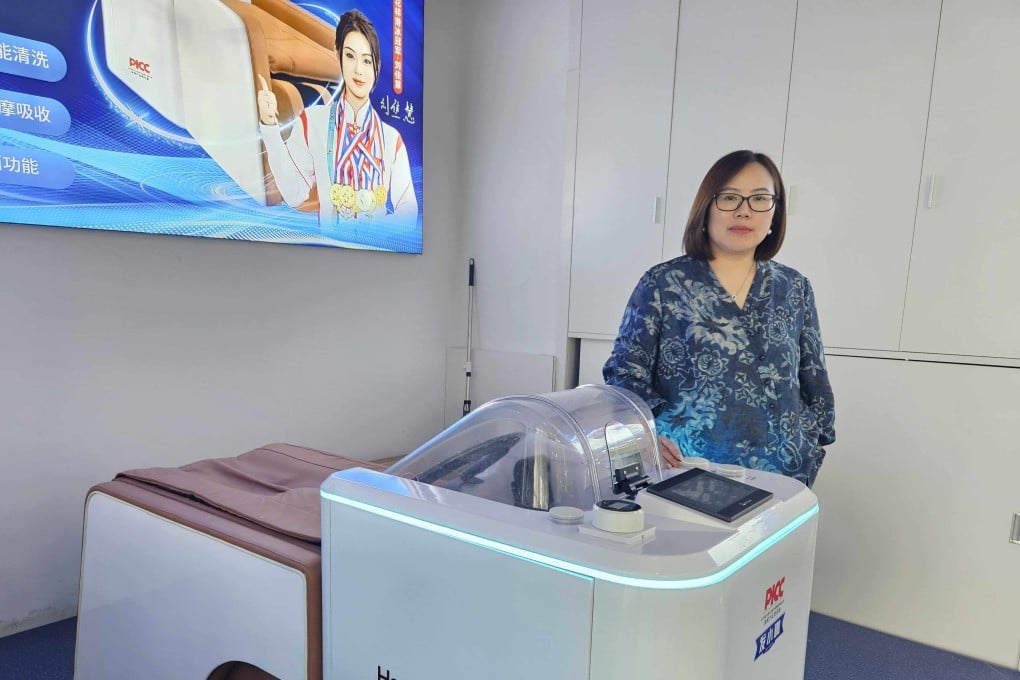The US Semiconductor industry desperately needs to rebuild the country’s ability to produce the advanced chips that are the cornerstone of AI and every electronic device you can imagine. Most of those chips are built today in Taiwan by TSMC. Merely the thought of any potential Chinese aggression in Taiwan sends shivers down the spines of industry, market, and government officials, and an outright attack would put the worldwide economy in a tailspin.
Intel is the primary (only) hope for revitalizing advanced domestic manufacturing in the USA, and the entire industry is anxiously awaiting adoption of Intel “18A” fabrication capability and solid proof of its performance. Today, during the Intel Foundry Direct Connect 2025 event in San Jose, Calif., all three EDA vendors (Cadence, Synopsys, and Siemens) announced collaborations with Intel Foundry to accelerate the development of optimized chip designs on the Intel 18A and Intel 18A-P advanced process nodes as well as packaging technology.

(Cadence, Intel and Synopsys are all clients of Cambrian-AI Research.) The three primary global EDA companies announced the availability of production-ready AI-driven design flows for the Intel 18A process node. In addition, all three vendors are preparing for the next step from Intel, engaging in early design technology co-optimization for Intel 14A-E to establish readiness for the next-generation advanced node.
Intel CEO Lip-Bu Tan welcomes Synopsys CEO Sassine Ghazi to the stage at the Intel Foundry Direct ...
More Connect event. Of course, Intel welcomes investment and collaboration from its EDA partners. "Our continued collaboration with Synopsys enables engineering teams to accelerate 'systems of chips' innovation utilizing our unique systems foundry capabilities and optimized Synopsys EDA flows and IP on Intel 18A and Intel 18A-P process nodes to create differentiated designs with faster time-to-results," said Suk Lee, VP & GM of Ecosystem Technology Office, Intel Foundry.
"Together, Intel Foundry and Synopsys are furthering design, manufacturing, and packaging co-optimization so our customers can meet the demands of the AI era." Mr. Lee expressed similar optimism and appreciation for Cadence and Siemens, whose CEOs each (in turn) took the stage with the new Intel CEO.
Each vendor said they have certified design flows for 18A, and all three support the new RibbonFET gate-all-around transistor architecture and backside power delivery. All three joined the Intel Foundry Accelerator Chiplet Alliance – the newest Accelerator Alliance program that aims to define and drive chiplet design infrastructure, interoperability, and security requirements. All three enable Intel's EMIB-T advanced packaging technology and provide IP to accelerate the time to market for things like I/O and memory controllers.
"Cadence is at the forefront of facilitating next-generation AI, HPC, and mobility designs with Intel 18A and 18A-P technologies, and our collaboration ensures that our mutual customers can leverage our robust design IP and AI-driven digital and analog/custom solutions for unparalleled performance and efficiency," said Boyd Phelps, senior vice president and general manager of the Silicon Solutions Group at Cadence. "Our expanded design IP portfolio for Intel Foundry builds on our commitment to delivering best-in-class silicon solutions, and our advanced implementations of leading standards are key to achieving scalable, high-performance designs. We look forward to continuing to partner with Intel Foundry to build out IP solutions for the AI factories and compute platform needs of the future and today.
" What this means for Intel The unison of AI-driven EDA support for Intel 18A tells the chip development community that they can depend on their chosen EDA vendor(s) (most use a combination of tools) to help them select Intel if and when they are ready to try 18A out and build their chips with a domestic manufacturing partner. Now, there’s nothing stopping designers from considering Intel. It will take time to see this play out in the industry, but as 18A gets more design wins, Intel will earn the right to get even more.
Disclosures: This article expresses the opinions of the author and is not to be taken as advice to purchase from or invest in the companies mentioned. My firm, Cambrian-AI Research, is fortunate to have many semiconductor firms as our clients, including Baya Systems BrainChip, Cadence, Cerebras Systems, D-Matrix, Flex, Groq, IBM, Intel, Micron, NVIDIA, Qualcomm, SImA.ai, Synopsys, Tenstorrent, Ventana Microsystems, and scores of investors.
I have no investment positions in any of the companies mentioned in this article. For more information, please visit our website at https://cambrian-AI.com .
.
Technology

EDA Vendors Help Intel Get The USA Back Into Chip Manufacturing

The three primary global EDA companies announced the availability of production-ready AI-driven design flows for the Intel 18A process node.















